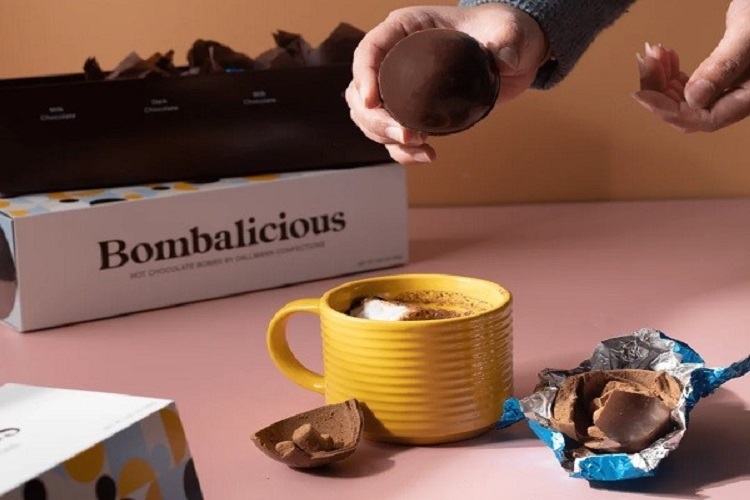Hot chocolate bombs are an extremely tasty treat that has become increasingly popular as a food and as a gift idea in recent years. These little spheres of chocolate are filled with cocoa mix and marshmallows, and when they’re dropped into hot milk, they melt to create a rich and creamy cup of hot chocolate. Great!
But have you ever been curious about the science that is behind hot chocolate bombs and what it is that makes them so tasty and popular? Here’s a quick guide for those who want to make chocolate bombs, those who want to know more, or chocolate aficionados.
Table of Contents
The Melting Point of Chocolate
The key to making hot chocolate bombs is melting the chocolate. Chocolate is made up of cocoa solids, different concentrations of cocoa butter, and sugar, and each of these components has a different melting point. In general, chocolate melts at around 90-100°F, which is just below body temperature. This means that when you hold a hot chocolate bomb in your hand, the warmth from your body will start to melt the chocolate. However, when you buy chocolate bombs at Dallmann, they may have a thicker shell to help the drink absorb the flavors that are mixed into the coating, so they should only melt when put into hot milk and not your hands.
The Importance of Tempering Chocolate
When you melt chocolate, it’s important to do it slowly and carefully to prevent it from seizing or becoming grainy. This process is called tempering, and it involves heating the chocolate to a specific temperature, then cooling it, and then heating it again. This helps the chocolate to form stable crystals that give it a shiny and smooth appearance. So, if you are looking to make chocolate bombs, you will need to learn a bit about tempering chocolate first to prevent it from becoming grainy!
The Role of Fat in Chocolate
Cocoa butter is the fat in chocolate, and it plays an important role in the science of all chocolate bombs. When chocolate melts, the cocoa butter separates from the cocoa solids and sugar, and it can start to reform into new crystal structures. These structures affect the texture and mouthfeel of the chocolate, as well as how it melts and flows.
The Chemistry of Emulsification
When you mix hot chocolate bombs with hot milk, you’re actually creating an emulsion which, scientifically, is a mixture of two immiscible substances, such as oil and water, that are held together by an emulsifying agent. In the case of hot chocolate bombs, the emulsifying agent is the cocoa butter and other fats in the chocolate, which help to suspend the cocoa powder and other ingredients in the milk.
The Power of Heat Transfer
Finally, how chocolate bombs work is all about heat transfer. When you drop a hot chocolate bomb into hot milk, the heat from the milk starts to melt the chocolate, which releases the cocoa powder and other ingredients. The heat is transferred from the milk to the chocolate, which helps to create a smooth and creamy texture. As the chocolate melts, the cocoa butter and other fats in the chocolate also start to mix with the milk, creating an emulsion that gives the hot chocolate its rich and velvety consistency.













